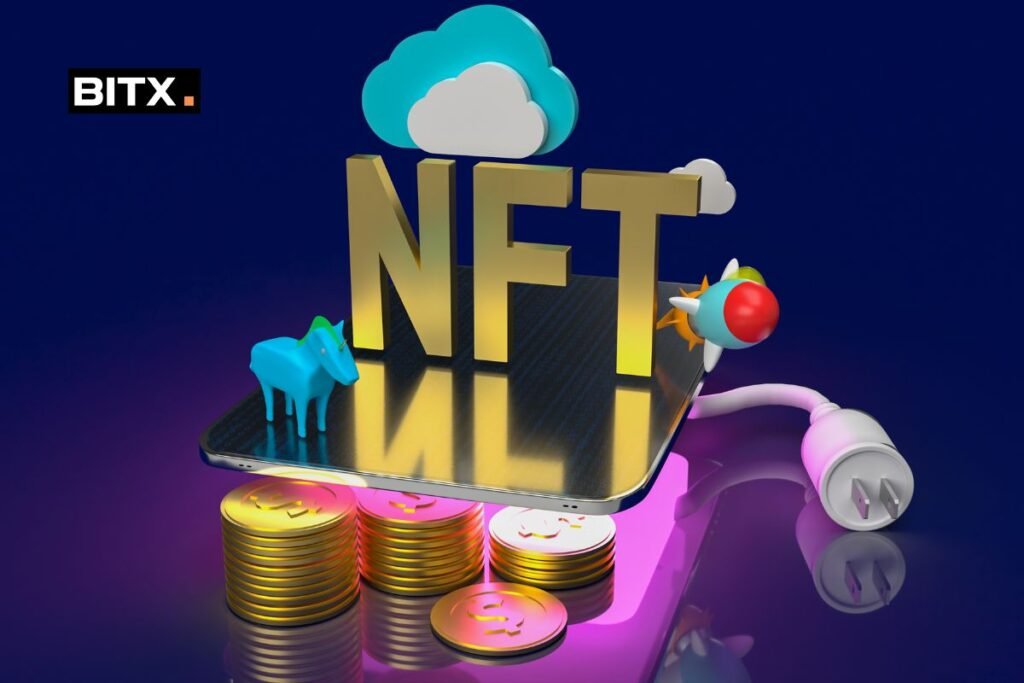Introduction
In the rapidly evolving digital landscape, Non-Fungible Tokens (NFTs) have emerged as a significant trend, capturing the attention of artists, collectors, and investors alike. This beginner’s guide aims to demystify the process of selling NFTs, breaking down the steps for those new to this exciting and innovative market.
Understanding NFTs
Before delving into the selling process, it’s essential to grasp the fundamental concept of NFTs. Unlike traditional cryptocurrencies, which are fungible and can be swapped for equivalent units, NFTs are unique, non-interchangeable tokens that represent ownership of a unique asset, be it digital art, collectibles, music, videos, or even tweets.
Choosing Your Digital Asset
The first step in selling an NFT is deciding what digital asset you wish to tokenize and sell. This could be an original piece of digital art, a creative composition, a collectible item, or even a digital replica of a physical object. The key is that the asset must be uniquely yours, and there should be a clear demand for it in the NFT market.
Creating Your Digital Asset
Once you’ve identified your digital asset, you’ll need to prepare it for tokenization. This might involve creating high-quality digital images, videos, or audio files, depending on the nature of your asset. Ensure your digital asset is saved in a format compatible with the NFT platform you plan to use.
Minting Your NFT
Minting refers to the process of converting your digital asset into a unique, one-of-a-kind NFT. Most NFT marketplaces have their own in-house minting processes, and there may be costs associated with this process, such as gas fees on the Ethereum blockchain.
Choosing an NFT Marketplace
There are several NFT marketplaces available, including OpenSea, Rarible, and Mintable. When choosing a platform, consider factors such as user-friendliness, transaction fees, and popularity. Additionally, research the platform’s security measures to ensure your NFTs are safe.
Listing Your NFT for Sale
Once your NFT is minted and ready to go, you can list it for sale on your chosen marketplace. Set a fair price based on comparable NFTs on the market or use auctions to generate bids.
Promoting Your Listing
To increase the chances of selling your NFT, you’ll want to actively promote your listing. Utilize social media platforms, art communities, and other online forums to spread the word about your NFT. Building a following and promoting your work can help drive interest and potential sales.
Completing the Sale
When your NFT sells, the platform will handle the transaction, typically involving the transfer of cryptocurrency from the buyer to the seller. The sale proceeds will then be available for withdrawal to a cryptocurrency wallet.
Conclusion
Selling NFTs requires a combination of creativity, technical know-how, and marketing. By understanding the process, minting and selling your unique digital asset can be a rewarding and profitable endeavor. As the NFT market continues to grow, it presents exciting opportunities for artists, collectors, and investors alike.
